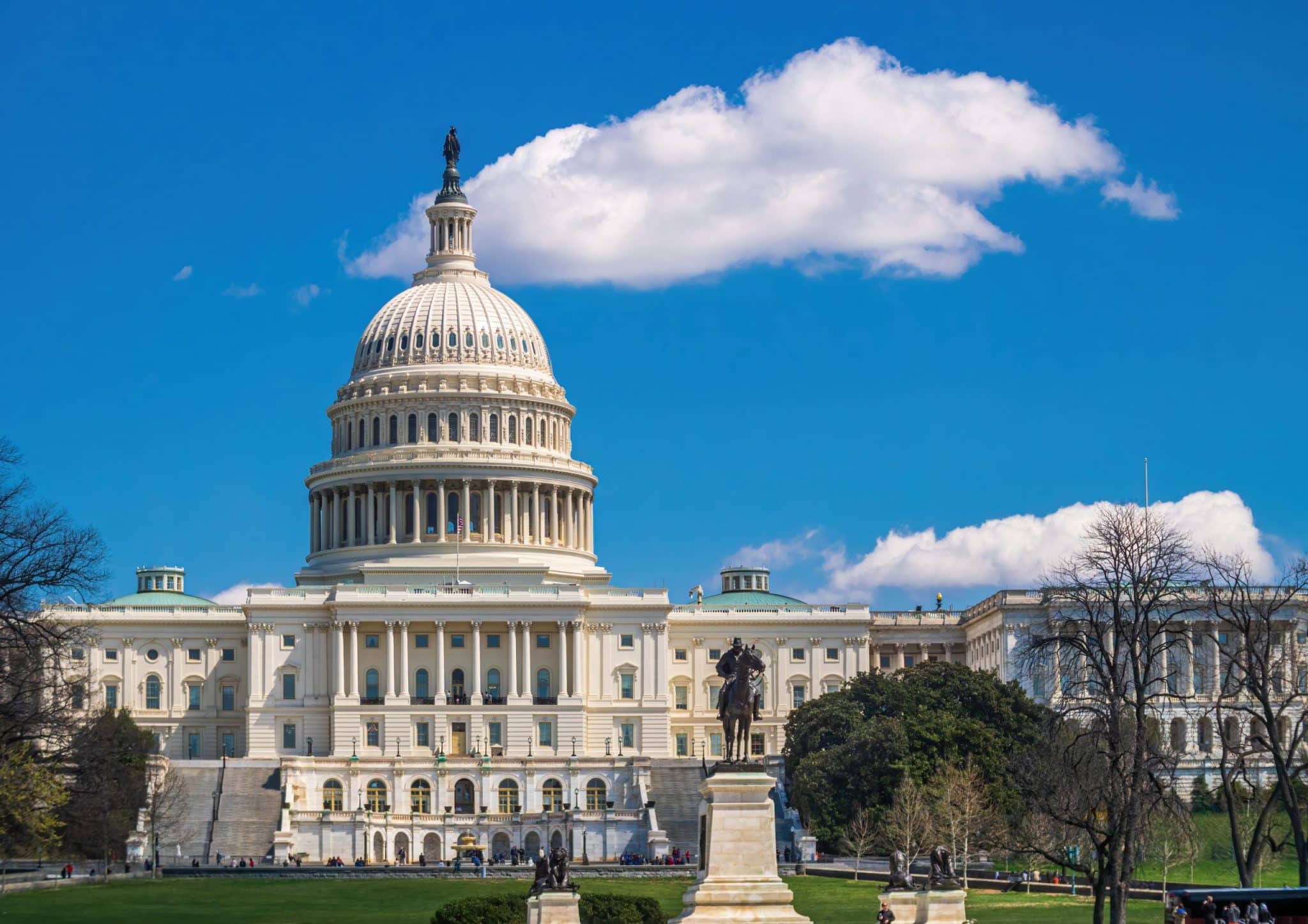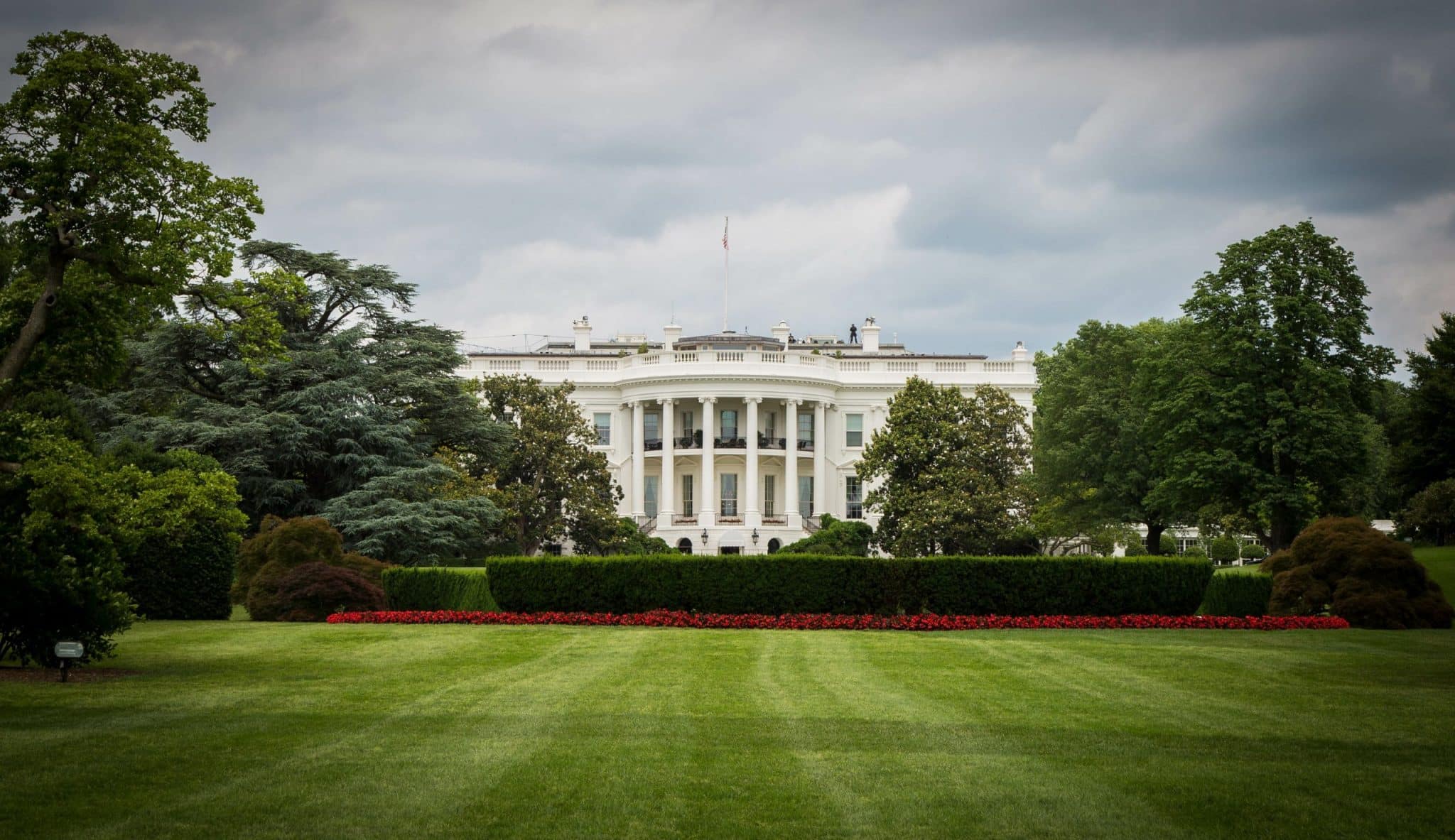This article is from the January 20, 2021, issue of Flip the Script, a weekly newsletter moving you from climate stress to clean energy action. Sign up here to get it in your inbox (and share the link with a friend).
Okay, America, we made it to Inauguration Day. What does this day mean for clean energy? Potentially, a s***t ton. While President Biden has his work cut out for him, the incoming administration represents a new, hopeful chapter for tackling climate change and transitioning to renewable energy. “We have a window here to act,” observed one climate activist. “This could be a historic presidency in that respect.” But just how quickly we can move on clean energy will depend on a range of factors both enabling and impeding Biden’s ambitions. Let’s break them down.
Topping the list is the new administration’s laser-focus on climate change. Biden is the first president in history to prioritize climate action in a coordinated way, across the federal government and through bold intentions on both the executive and legislative fronts. Biden’s proposed $2 trillion Build Back Better plan aims to revitalize the economy and cut greenhouse gases through wide-ranging measures.
Executive actions: Ready, set, go…
Starting now, Biden will be able to tap into his broad executive authority to act on climate. This includes restoring the U.S. commitment to the Paris Agreement and taking a series of executive actions to impose stricter environmental standards and to reverse at least some of President Trump’s rollbacks of environmental protections. With Democrats now controlling the Senate (albeit very narrowly), Biden should be able to quickly win confirmation for political appointees across the U.S. government who can get to work on realizing his climate plan and shifting policy toward a greener future.
It’s an impressive team. Biden’s proposed climate cabinet will lead executive offices and departments related to energy, environment, public lands, and climate change. In important “firsts,” he’s nominated a Native American to head the Interior Department and will elevate both his chief science adviser and his special envoy for climate (former secretary of state John Kerry) to Cabinet-level posts, as part of an effort to “ensure everything we do is grounded in science, facts, and the truth.”
The nation’s top agencies have legal authority to tackle greenhouse gases immediately (e.g., by regulating cars and trucks). Biden’s inner circle also includes climate-savvy staffers, including eco-veterans of the Obama administration. His decision to assemble the most robust climate-focused group ever in the West Wing “shows how central climate change is to Biden’s foreign and security policy, just as it is to his domestic and economic policy,” said longtime political consultant John Podesta.
Even the Treasury will be climate-forward, working with the Federal Reserve to ensure that the country’s banking and finance systems are in step with wider plans to tackle fossil fuel emissions and shift toward a clean energy future. Things will head in a starkly different direction than under Trump, when the Fed took on billions in fossil fuel debt as part of coronavirus relief efforts. Biden’s Treasury pick, former Fed chair Janet Yellen, has long recognized the widespread risk climate change poses to global financial stability. In mid-December, the Fed voted unanimously to join a global network of some 75 of the world’s central banks addressing the financial risks from global warming.

Wrangling the Congressional beast
Congress will be a different story, given the razor-thin margin that Democrats now hold in the Senate. The Biden administration’s climate advances probably won’t take the form of aggressive legislative reforms like the Green New Deal or even a sweeping carbon tax, cap-and-trade bill, or clean power mandate. Biden faces an uphill battle trying to meet big campaign promises like rewriting the tax code, eliminating long-standing fossil fuel subsidies, and stopping oil and gas drilling permits on federal land. This is in part because conservative lawmakers could easily block climate legislation by using the antiquated Senate filibuster rule, which requires a supermajority of 60 votes to pass a bill through the chamber.
Fortunately, there’s good reason for optimism. Overall, climate change and clean energy issues will be much higher on the congressional agenda. Tackling transportation—the country’s biggest source of carbon emissions—is expected to be a major Democratic priority. But rather than pushing through big measures, lawmakers may have to take a more creative, piecemeal approach. One option to counter Trump-era rulings is using the Congressional Review Act, which allows lawmakers to nullify a rule within 60 legislative days of its adoption (although this has its limitations). Even with a thin Democratic majority, Biden will be able to press for greater federal support for eco-friendly infrastructure, renewable energy, tax breaks for electric vehicles, and efficiency standards.
Rather than pushing through big measures, lawmakers may have to take a more creative, piecemeal approach.
A critical strategy for lawmakers will be to pair climate policy and climate justice work with existing legislation and spending happening anyway. Under the once-a-year process known as “reconciliation” of the federal budget, certain Senate bills can be passed by a simple majority vote as long they are explicitly connected to the tax code, revenues, and spending. Two reconciliation bills with clean energy elements are: 1) a broad economic recovery bill with tax incentives for electric vehicles, renewables, and energy efficiency; and 2) an infrastructure package with funding for more transmission lines. These will bring renewable electricity distribution and a more efficient smart grid.
Encouragingly, a growing number of corporations are on board with the clean energy agenda and could help to advance related legislation. Big Oil and Gas wants a seat at the table and could be open to greater changes if the new administration can provide assurances about a fair transition for fossil fuel workers. For example, Biden’s team is expected to prioritize plugging methane leaks from pipelines, wells, and other infrastructure, and already oil and gas companies are clamping down on emissions in advance of any new regulations. Meanwhile, renewable energy stocks have soared since the election.
The auto industry has shown minimal resistance to Biden’s plans to reinstate climate and fuel efficiency standards, and companies want greater clarity around the transition away from gas-powered vehicles. “Perhaps for the first time, the auto industry, investors, the federal government and consumers are coming into alignment on the way forward,” observed an auto industry consultant.
Crucially, public support is strong. In a December survey, 66 percent of respondents—including a majority of voters of both major parties—agreed that clean energy sources should be a high or very high priority. With all this support, coming from so many directions, there is pressure on Biden to move quickly and forcefully on his promises. The pathway is clearer than ever before. As Gene Karpinski, president of the League of Conservation Voters, observed, “There’s no reason for the Biden administration to scale back an ambitious plan. It makes sense, and it’s wildly popular.”
















